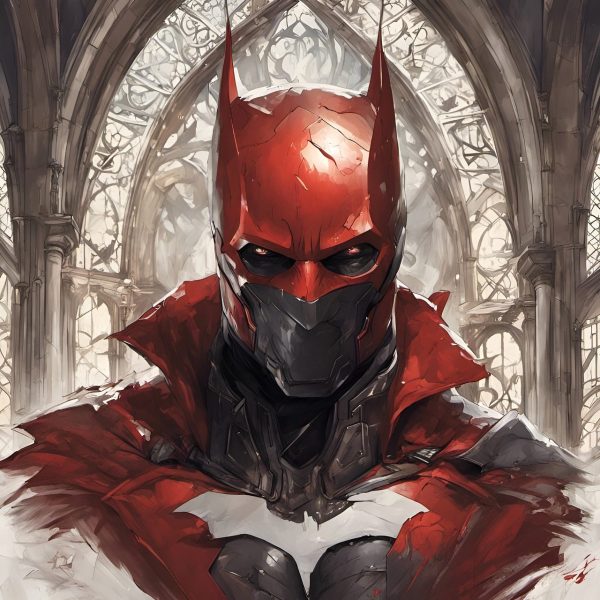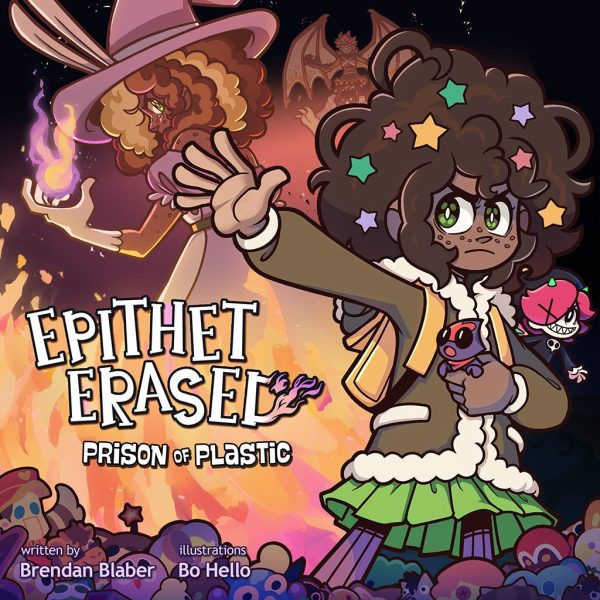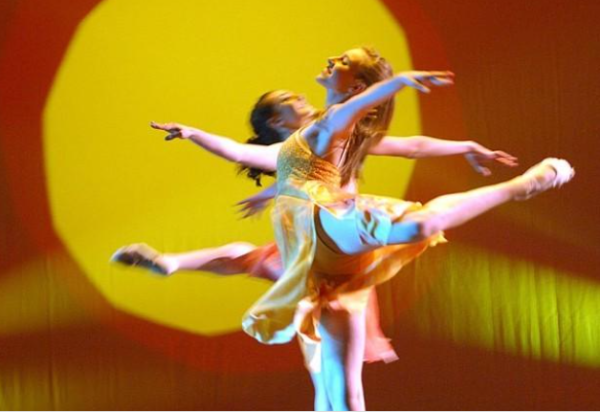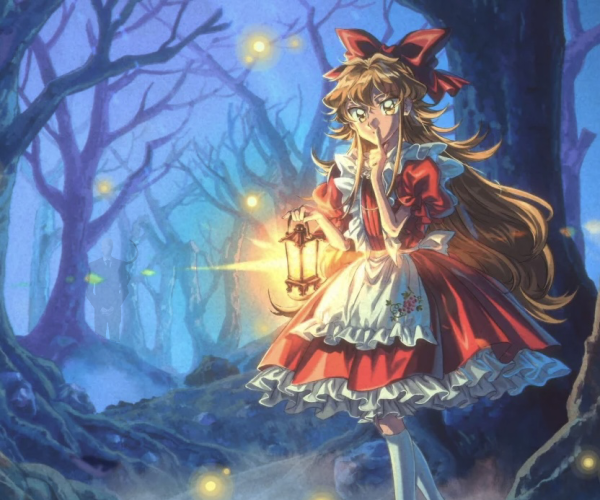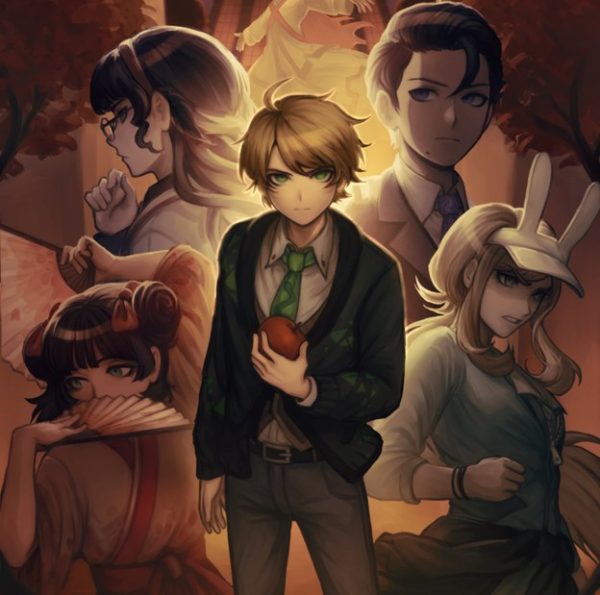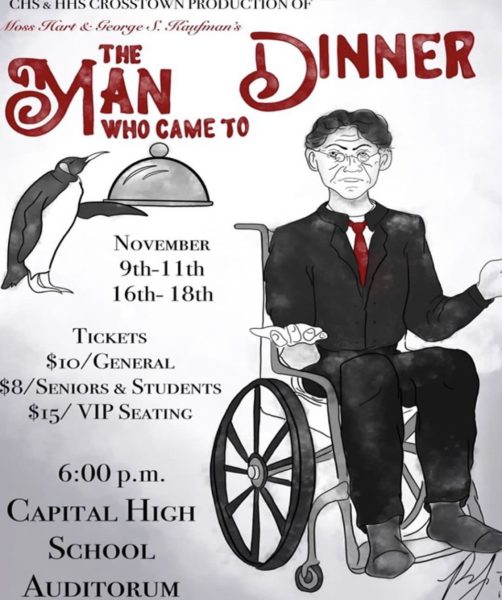Paprika and Modern Surrealism
December 6, 2019
Defined as the lack of control, reason, and aesthetic standard, the avant garde style of the 1920s surrealist art knows no bounds. In Hollywood however, plots lie concretely in man vs nature, man vs man, and man vs self. Rarely does plot stray from reality to illusion. The practice of creating a sort of anti art became a cultural revolution, and if you search for it, this culture can be found in film. The 2006 Japanese director Satoshi Kon’s Paprika is a beautiful work of art and film that tributes the post-realist movement in its own modern and thought-provoking style.
Ranking as one of Time’s top 25 animated films of all time, Paprika is a science fiction concept about a device called the DC Mini that allows the user to view and enter any dream. When this unregulated technology is stolen and tampered with, the realities of the research team Doctor Atsuko Chiba and Doctor Kōsaku Tokita become manipulated by a mystery criminal, attacking their subconscious and making the characters lose their sanity.
This dream device undeniably represents the surrealist movement itself, specifically in the themes as seen in Andre Breton’s 1924 Surrealist Manifesto. Breton’s belief of the combined world of dreams and waking life, or rather “an absolute reality, a surreality” influenced much of Europe’s post World War 1 art and continues into the present and into Satoshi Kon’s work. These references to the past are not only used as a plot device, but also to build the scenes themselves. In many of the paintings of the early 1900s, there is a strikingly plain desert background. Paprika nods to many of these works in one of the more unsettling dreams, when a character is trapped in a parade of humanoid toys and dolls, anthropomorphic objects and animals marching through a desert.
It sometimes is frustrating. There are no rules, no reality to base the character’s actions on. As the film proceeds, it makes a distinct change, the characters no longer seem to question or care about what is reality and what is inside the DC Mini. Instead, with masterful directory and animation, the mystery continues with a more human and stylistic approach. The “real” elements became the characters’ torment and singularity as their world is turned upside down.
Barely holding on to a science fiction element, Paprika goes off on tangents of chase scenes and morphic dreams. This rejection of reality and typical “rules” the genre is generally held to only increases the convoluted plot and viewer frustration, but by doing this Paprika is held to no tropes and no artistic limitation. It’s a completely new style of film, using this confusion to tell a story in the best way.
This is an artist’s dream film. French poet Guillaume Apollinaire stated when he coined the term, “in fact, it is better to adopt surrealism than super-naturalism.” Paprika does just that, spinning realism with psychedelic visuals into a work of art that lingers in its strangeness.




